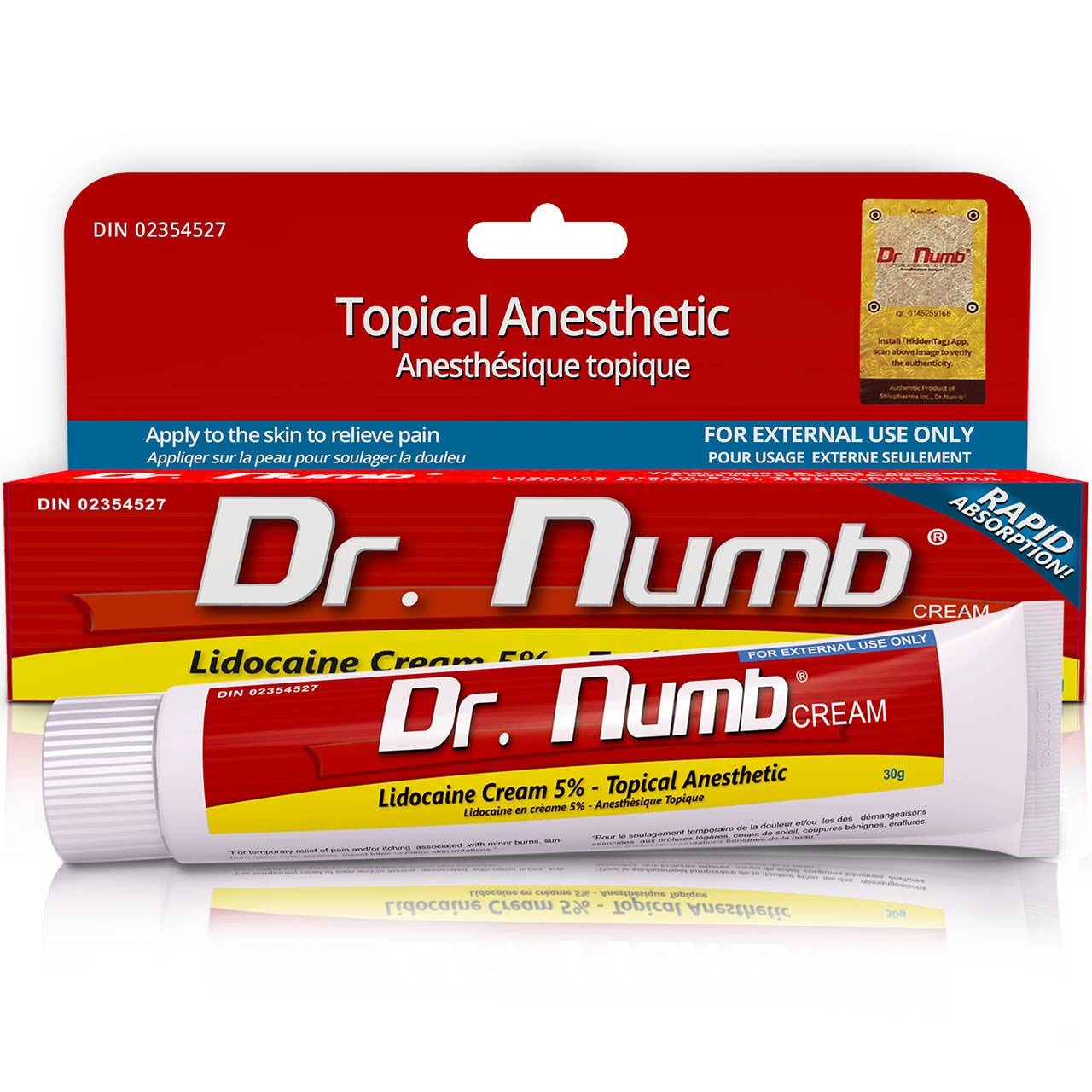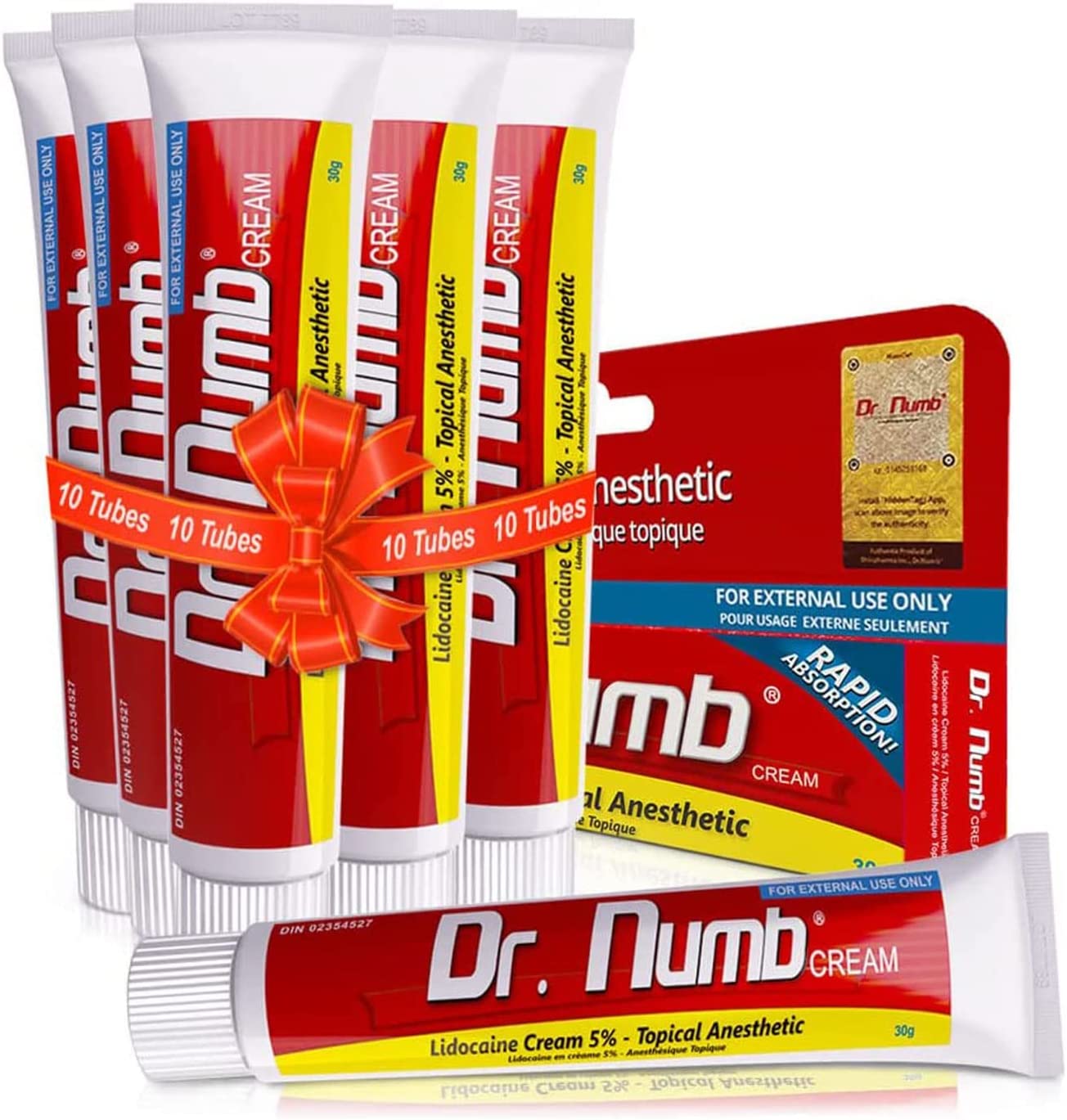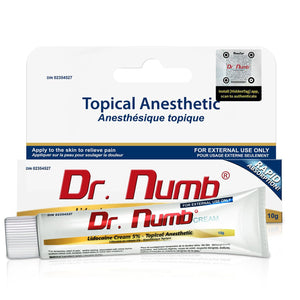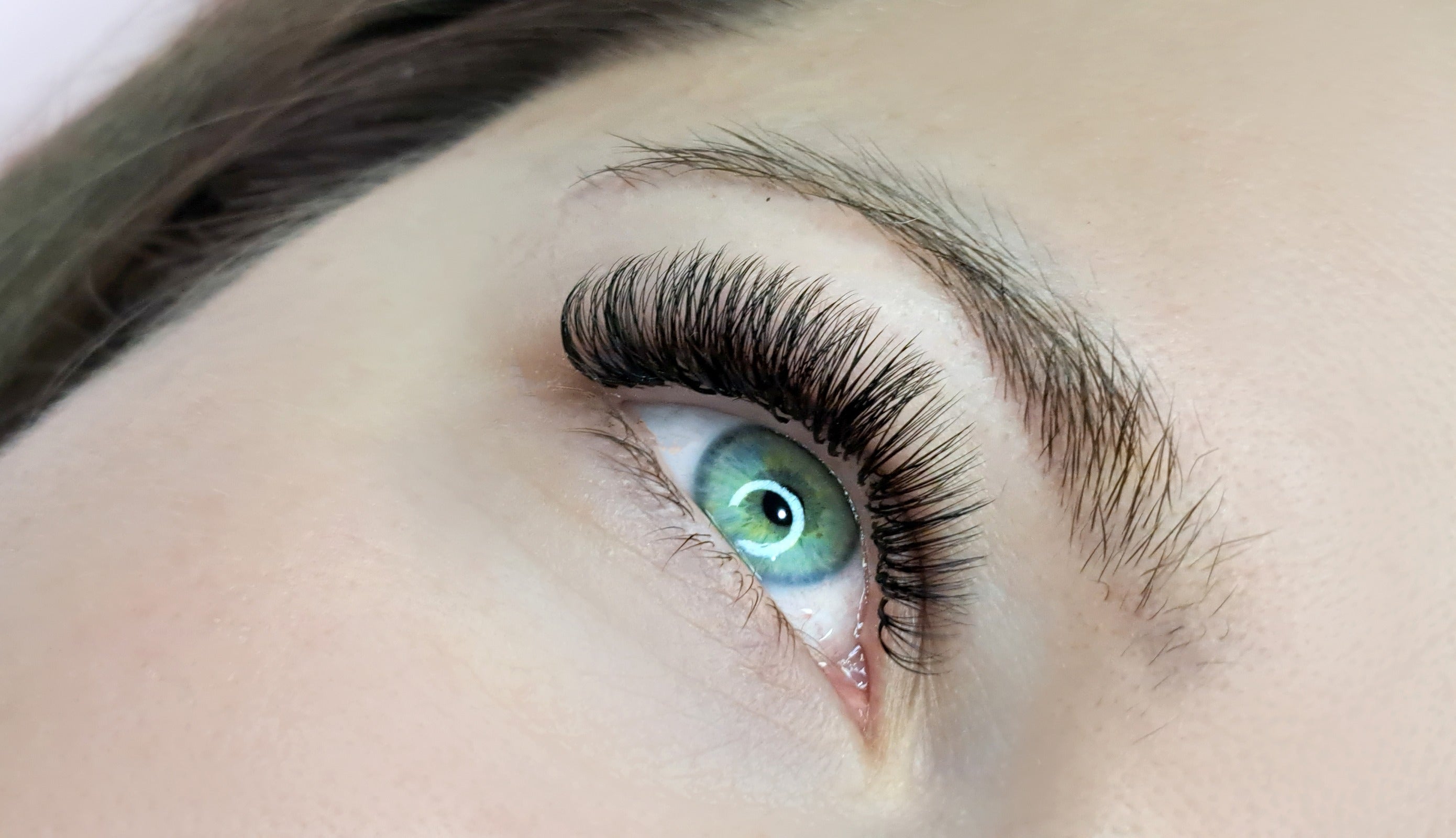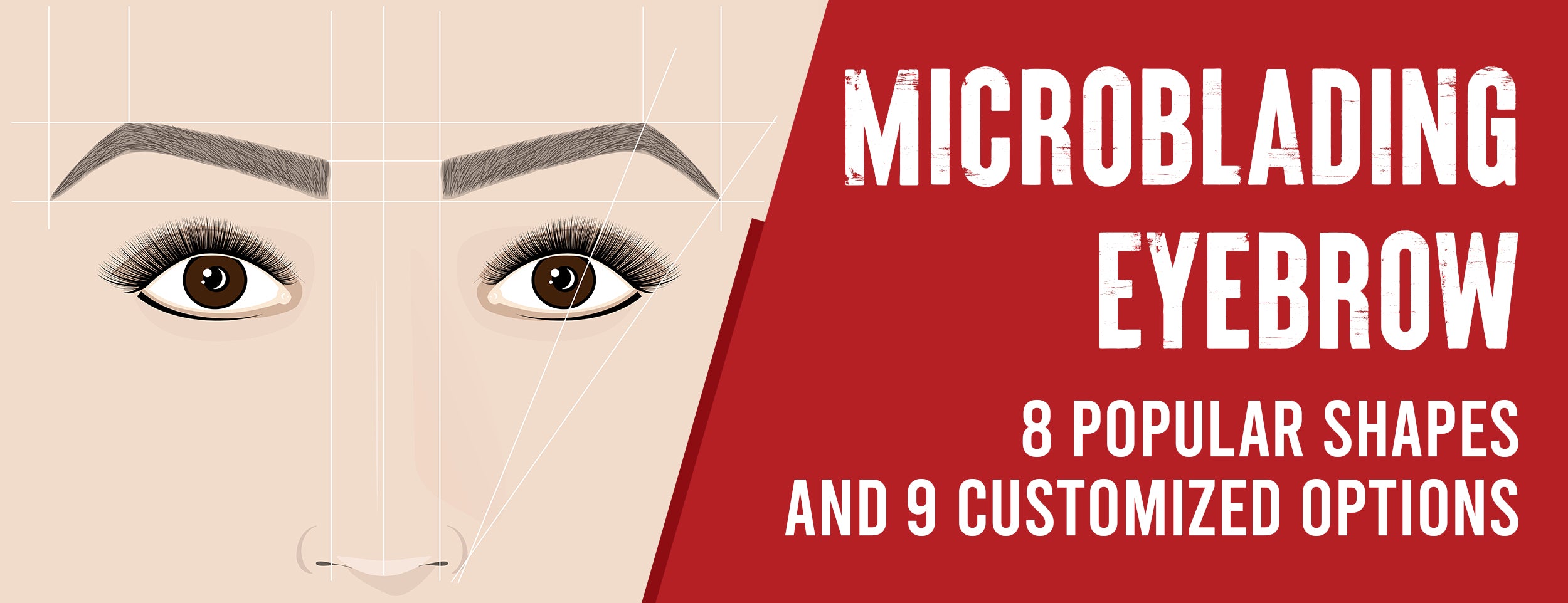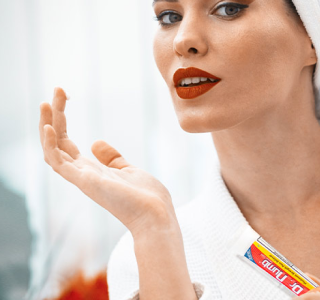The pigment used in microblading fades away gradually, but it does not dissipate completely. As it fades, it becomes a lighter version of the eyebrow color, which gives it a natural appearance. In contrast, tattoo ink fades into a blue or green tint, which looks unnatural for eyebrow shading.
A microblading is a semi-permanent cosmetic tattoo. Microblading uses tiny, barely visible needles to create hair-like strokes along your brows, unlike traditional tattoos that use a tattoo gun.
One significant difference between tattooing and microblading is what each procedure places under the skin. Tattoo ink and microblading pigment are peculiar substances, and they react differently.
In this blog post, we will dive deep into microblading and tattoos, exploring the differences between the two, the processes involved, and everything in between.
Is Microblading a Tattoo: 8 Facts

If you have ever been curious about whether microblading is a type of tattooing, then you have come to the right place. We will shed light on some factors involved in both techniques.
Microblading Vs Tattoo
Microblading is a technique that gives you natural-looking, fuller eyebrows. Incisions mimic your natural hair after a cream numbs the brow. Pigment gets injected into these incisions.
A numbing cream used during microblading minimizes pain as well as shallow cuts. There shouldn't be much bleeding. The pigment stays put within the incisions without bleeding out. Typically, microblading results last 1-2 years and can be extended with periodic treatments.

Your tattoo artist uses a needle connected to a power source containing ink. Ink is applied to the deeper layers of the dermis by repeatedly tapping the hand against your skin.
The tattoo's color may fade over time, and the lines may blur, but the tattoo is permanent. A tattoo is challenging, if not impossible, to remove once it has been done.
Process of Tattooing and Microblading Differs
- Process of Microblading: This technique consists of using tiny needles to deposit pigment into the skin's top layers. It mimics natural brow hairs for a fuller, more defined look.
- Process of Tattooing: Unlike microblading, tattooing involves inserting ink deep into the skin with a tattoo machine. This creates permanent designs or patterns on the skin.
Results of Microblading Differ From Tattoos

Microblading
Semi-permanent microblading uses a handheld tool to make hair-like strokes on your eyebrows. This technique results in a natural look that closely mimics real eyebrow hairs. Here are some key points:
- Natural Appearance: Microblading blends seamlessly with natural eyebrows.
- Customizable: The color and shape of the microbladed eyebrows can be customized to match your natural brows and facial structure.
- Semi-Permanent: Microblading typically lasts 1-3 years with proper care, making it a semi-permanent solution.
Tattoos
Tattoos are a more permanent solution. They involve injecting ink into the skin using a needle. You need to know here:
- Permanent: Once applied, tattoos are there for life. They can fade over time but will not completely disappear.
- Versatile: Tattoos can be applied anywhere on the body and designed in any shape or color.
- Pain and Healing: Tattoos can be painful and require a healing period after application.
Microblade Pigment vs Tattoo Ink
Let's discuss what goes into your skin during these procedures.
Microblading Pigments
- Microblading pigments are specifically designed for this procedure. They're semi-permanent, meaning they fade.
- These pigments are usually mixed to match your natural eyebrow color closely. This ensures your brows look as natural as possible.
Tattoo Inks
- Tattoo inks differ from microblading pigments. They're permanent and do not fade.
- They come in various colors, allowing for more creative freedom than microblading.

Blading vs Needling
Next, let's discuss the techniques used in microblading and tattooing.
Microblading (Blading)
- Microblading uses a handheld tool with tiny needles. The technician makes minor cuts in your skin where the pigment is added.
- This process is less invasive than tattooing, leading to faster healing times.
Tattooing (Needling)
- Tattooing uses a needle machine that punctures the skin rapidly, injecting ink each time.
- This technique goes deeper into the skin, making it more permanent but often leading to a longer healing process.
Fine Lines vs Filled Brows
Now, let's compare the results from both procedures.
Microblading
- Microblading makes fine, hair-like strokes that mimic natural eyebrow hairs. This gives a very natural look.
- However, microbladed brows require touch-ups as the pigment fades.
Tattooing
- Tattooing fills in the entire brow area with color. This gives a more solid, defined look.
- Tattoos are permanent and do not require touch-ups, although they may fade slightly.
Pain Comparison

Microblading
- Most people describe the pain from microblading as similar to threading or a light scratch. It's not considered very painful.
Tattooing
- Tattooing is usually considered more painful than microblading. This is because the needle goes deeper into the skin.
Microblading Pros and Cons
Let's weigh the pros and cons of microblading.
Pros
- Natural-looking results.
- Less painful compared to tattooing.
- Faster healing process.
Cons
- Requires regular touch-ups.
- Not suitable for all skin types.
Tattoo Pros and Cons
Finally, let's look at the pros and cons of tattooing.

Pros
- Permanent results.
- Wide range of colors available.
Cons
- More painful.
- Longer healing process.
Conclusion
Microblading is semi-permanent cosmetic tattooing, but it is not identical to conventional tattooing. They differ in the application process, resulting results, healing time, and nature of semi-permanence and permanence.
If you're looking at subtle brow enhancements that are less painful yet require continual touch-ups, then microblading is your go-to.
However, if permanence, boldness, and higher pain tolerance are more your style, then consider traditional tattooing. It's all about which type better suits your personal needs. Remember, beauty is not one-size-fits-all, it makes you feel the most confident and beautiful in your skin.



